All Stories
-
 Quantum Physics
Quantum PhysicsMilestone algorithm runs on quantum computer
An algorithm proposed two decades ago that demonstrated the benefit of using quantum mechanics to solve certain problems has finally been run on a quantum computer.
By Andrew Grant -
 Animals
AnimalsGiant otters hum, scream, say ‘hah’ and more
Often overlooked as vocalists, giant otters make 22 different calls as adults and 11 kinds of baby babble.
-
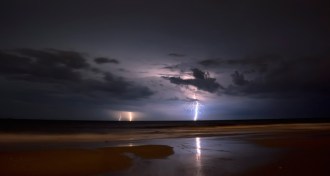 Climate
ClimateLightning strikes will surge with climate change
Climate warming could boost lightning strikes in the United States by roughly 50 percent over the next century.
-
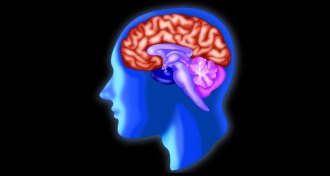 Neuroscience
NeuroscienceStopped brain clock saves memory in hamsters
Broken timekeeper in brain may explain some memory problems, hamster study suggests.
By Meghan Rosen -
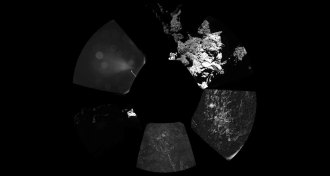 Astronomy
AstronomyPhilae lander reveals stunning, unsettling view of comet
Concerns are surfacing about the Rosetta mission lander Philae’s ability to fully explore comet 67P/Churyumov-Gerasimenko.
-
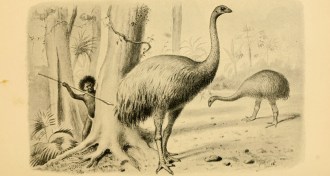 Animals
AnimalsFew humans were needed to wipe out New Zealand’s moa
A new study finds that the Maori population was still small when it managed to drive several species of large, flightless birds extinct.
-
 Astronomy
AstronomyPhilae lander image raises questions about probe’s health
Early reports suggest that Rosetta's lander Philae bounced twice when landing on comet 67P/Churyumov-Gerasimenko.
-
 Genetics
GeneticsRare mutations may protect against heart disease
Rare mutations in a key gene seem to lower bad cholesterol and provide protection against heart disease.
By Nathan Seppa -
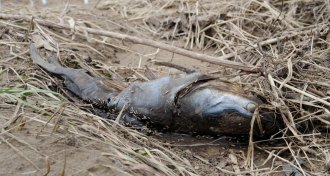 Health & Medicine
Health & MedicineFoul smells during sleep may help smokers quit
A night of smelling rotten eggs and fish while inhaling cigarette odors makes smokers reach for fewer cigarettes upon waking.
-
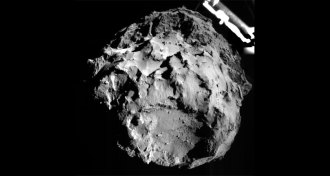 Astronomy
AstronomyRosetta mission lander set to explore surface of comet
The Rosetta spacecraft’s minifridge-sized lander Philae is now on comet 67P/Churyumov-Gerasimenko and is beginning to study its geology and chemistry.
-
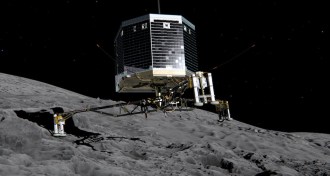 Planetary Science
Planetary SciencePhilae lander touches down on comet 67P
Rosetta’s lander Philae has reached the surface of comet 67P/Churyumov-Gerasimenko and is starting to do science.
-
 Astronomy
AstronomyPhilae lander is in free fall toward comet 67P
The Rosetta spacecraft has nudged its lander Philae off its back toward the surface of comet 67P/Churyumov-Gerasimenko.